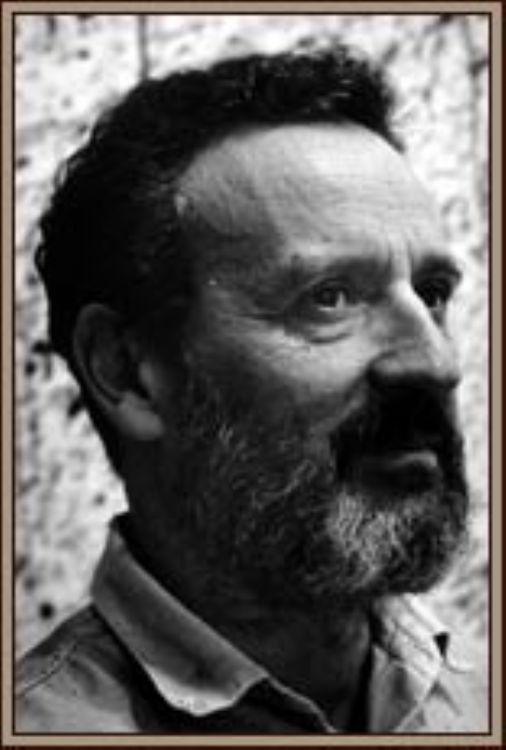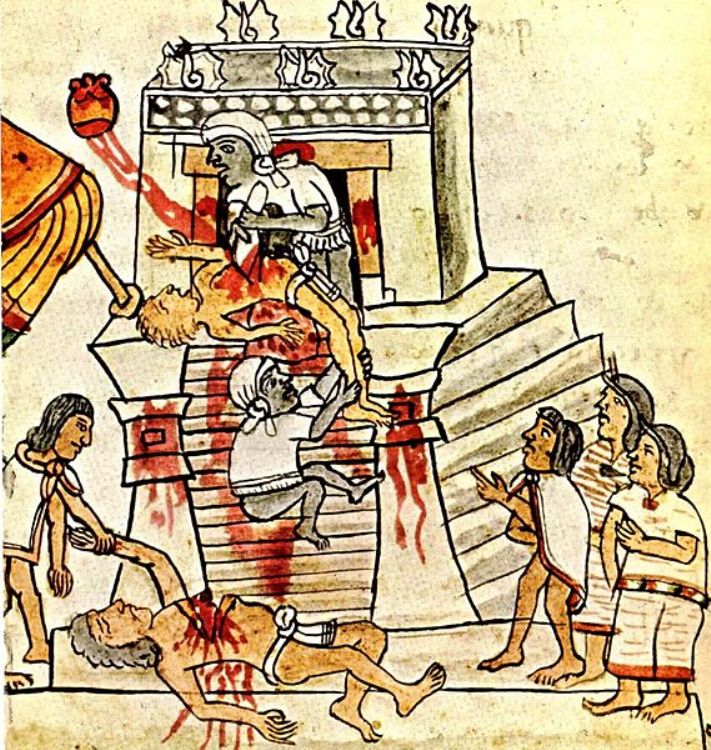
About Tepeji Del Rio De Ocampo

Located alongside Tepeji River within the limits of the Mexican State of Hidalgo, the small city of Tepeji del Rio de Ocampo is located inside the Neo-volcanic Axis area, immersed among the mountains and hills of Campana, Gavilán, Garabato, Idolatría, Cruz, Tesoro and Palo Grande; all of them over 2,200 meters high.
In the XVI century when Spaniards reached Mexican land, the current territory of Tepeji del Rio was inhabited by the Otomi tribe of Otlaxpa and the Nahuatl tribe of Tepexic, who lived near each other but in eternal rivalry. In the year 1558 with the arrival of Franciscan missionaries started the construction of a Catholic church and convent in a neutral site where the two tribes could coexist in peace. Locating this new mission near a great body of water, Tepeji River, it founded the town of San Francisco del Rio in honor of the Franciscan evangelists and its location.
Relevant information during the city's history is that in the year 1861, at Caltengo Estate, the great Mexican Melchor Ocampo was assassinated. Because of this incident, it was decided to modify in his honor the name of Tepeji del Rio de Ocampo in 1976.
Predominating in its current economy is livestock farming, especially bovine, plus micro and medium sized industries of foods and beverages, textiles, constructions and assemblies.
Of peaceful pace, the Tepeji natives like banda music and take advantage of any excuse to listen and dance to it. Of a great working population, the city solemnly celebrates each year the anniversary of Cananea, Sonora, Rio Blanco and Veracruz martyrs.
For knowing the city you just have to walk through it. Currently its hotel infrastructure has nine hotels, ten food establishments and three night clubs.
It is 40 kilometers away from the country's capital.
Articles Releated with Tepeji Del Rio De Ocampo


Mexico's World Cultural Heritage Sites III, sites declared since 2003
The latest additions of UNESCO show a concern for preserv...

The Worst Earthquakes in Mexico
Since we are located in a great seismic zone of the world...

Poverty in Mexico and the Poorest States
Different international organisms have developed instrume...

Vicente Rojo Almazán, Great Artist
This great artist, Catalan by origin and Mexican by adopt...

Pre-Columbian Civilizations in Mexico
Pre-Columbian era is a term used referring to the situati...
Most Viewed

Beaches and Attractions of Acapulco
La Quebrada is Acapulcoâs greatest symbol worldwide. Fr...


The Nationalization of Banks in Mexico
During his last state of the union address, José L...
